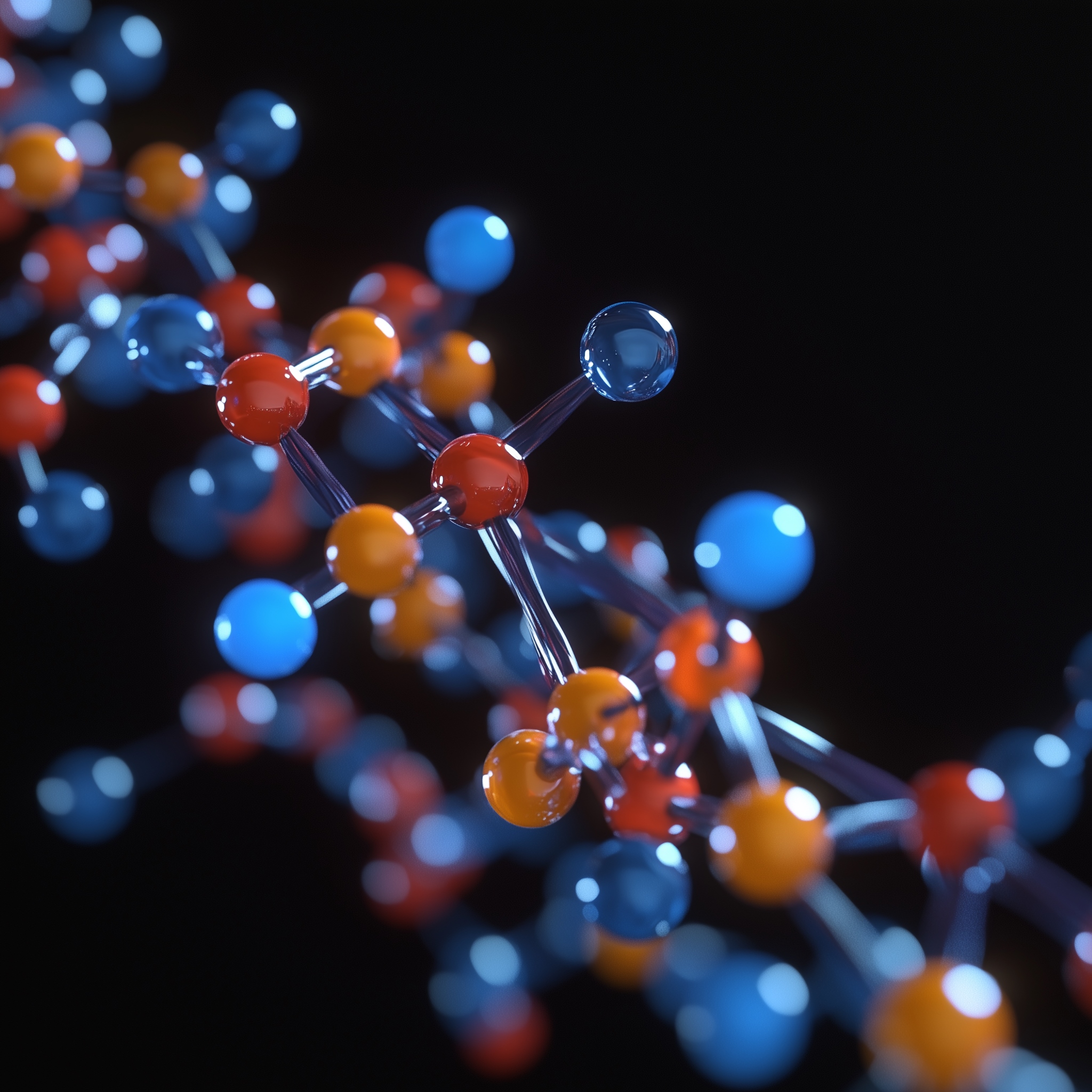Pasqal and Qubit Pharmaceuticals Use Neutral Atom QPUs to Predict Water Molecule Behavior in Drug Discovery

Insider Brief:
- Researchers from Pasqal, Qubit Pharmaceuticals, and Sorbonne Université developed a quantum-enhanced method using analog quantum computing with neutral atoms to predict solvent configurations in drug discovery.
- The study applied neutral atom quantum processing units to solve combinatorial optimization problems related to water molecule placements in protein cavities, using quantum adiabatic evolution and the Ising model.
- The researchers demonstrated high accuracy in predicting solvent structures by testing their algorithm on real-world protein models, like the major urinary protein (MUP-I).
- They introduced a hybrid quantum-classical algorithm that uses Bayesian optimization to refine quantum simulations, compensating for the noise and errors present in current quantum devices.
Predicting the behavior of water molecules within protein structures is a necessary but challenging task in drug discovery, as these molecules influence how well a drug interacts with its target. Existing methods for solvent configuration prediction are computationally demanding and often lack precision. In a recent study published in Physical Review Research, researchers from Pasqal, Qubit Pharmaceuticals, and Sorbonne Université presented a new approach using analog quantum computing with neutral atoms to address this issue. Their method provides a quantum-enhanced technique for predicting solvent structures, which could lead to more accurate molecular simulations and improved drug design outcomes.
Quantum for Molecular Modeling
Classical methods, such as molecular dynamics, are currently used to predict solvent structures. However, as noted in the research, they require immense computational resources due to the large number of possible configurations and the dynamic behavior of water molecules. Analog quantum computing provides an alternative approach that may be able to handle these complex problems more efficiently. According to the study, the researchers developed a quantum algorithm based on the 3D Reference Interaction Site Model (3D-RISM), which predicts continuous solvent distributions. Their quantum approach, however, goes beyond continuous distributions by pinpointing specific solvent molecule locations to improve the accuracy of these predictions.
Neutral Atom QPUs for Precise Solvent Prediction
The study utilized neutral atom quantum processing units (QPUs), an emerging technology that arranges atoms in arrays using optical traps. Each atom acts as a qubit, switching between quantum states to represent computational information. According to the study, one of the most notable insights from this research was applying neutral atom QPUs to solve a specific type of combinatorial optimization problem—determining water molecule placements in protein cavities. The team also noted that the flexibility of neutral atom arrays, which can be dynamically reconfigured, makes them especially suited to solving molecular problems that involve highly variable structures, such as proteins and their interactions with solvents.
Using a technique called quantum adiabatic evolution, the problem was framed as an Ising model, a mathematical model that can be solved using quantum computing. This Ising model formulation allowed the researchers to map the positions of solvent molecules by minimizing a function that represents the water density within the protein cavity. As noted in the study, this approach can be seen as a more precise and efficient method to sample solvent distributions compared to classical algorithms, which often suffer from inaccuracies due to their reliance on predefined molecular interactions.
The Potential and Limitations of Hybrid Analog Quantum Computing in Drug Design
The importance of solvent placement in drug discovery cannot be understated. Water molecules can occupy critical regions within protein binding sites, affecting how well a drug molecule binds. In some cases, water molecules even mediate the interaction between the drug and the protein, making their correct placement a nonnegotiable factor in predicting drug efficacy. The researchers demonstrated their algorithm on a real-world example, the major urinary protein (MUP-I), a common model used in drug design studies. By comparing their quantum-derived water molecule placements to known experimental data, they showed that the quantum method could predict solvent structures with high accuracy, closely matching experimentally determined water molecule positions.
While analog quantum computing shows potential for application in solving real-world problems, its current limitations necessitate a hybrid approach. In the second phase of their research, the team developed a hybrid quantum-classical algorithm that uses Bayesian optimization to refine the parameters used in their quantum simulations. This method, which adjusts laser parameters to optimize the placement of atoms in the QPU, was shown to improve the accuracy of the solvent predictions. According to the researchers, this hybrid approach is the key to realizing the advantage of quantum computing in this specific application while compensating for the noise and errors that still plague near-term quantum devices.
A Step Towards Quantum-Enhanced Drug Discovery
The integration of quantum computing into drug discovery may lead to the accurate prediction of solvent structures, which has historically been a bottleneck for classical simulation techniques. With neutral atom QPUs and hybrid quantum-classical algorithms, this study provides a strong example of an application of quantum technologies to one of the most challenging problems in molecular modeling.
This research also highlights the importance of ongoing developments in quantum algorithms tailored to specific scientific problems. As noted by the researchers, while fully error-corrected quantum systems are still years away, hybrid approaches like this one provide a viable way to use near-term quantum devices for meaningful contributions to fields such as drug design.
Contributing authors on the study include Mauro D’Arcangelo, Louis-Paul Henry, Loïc Henriet, Daniele Loco, Nicolaï Gouraud, Stanislas Angebault, Jules Sueiro, Jérôme Forêt, Pierre Monmarché, and Jean-Philip Piquemal.
